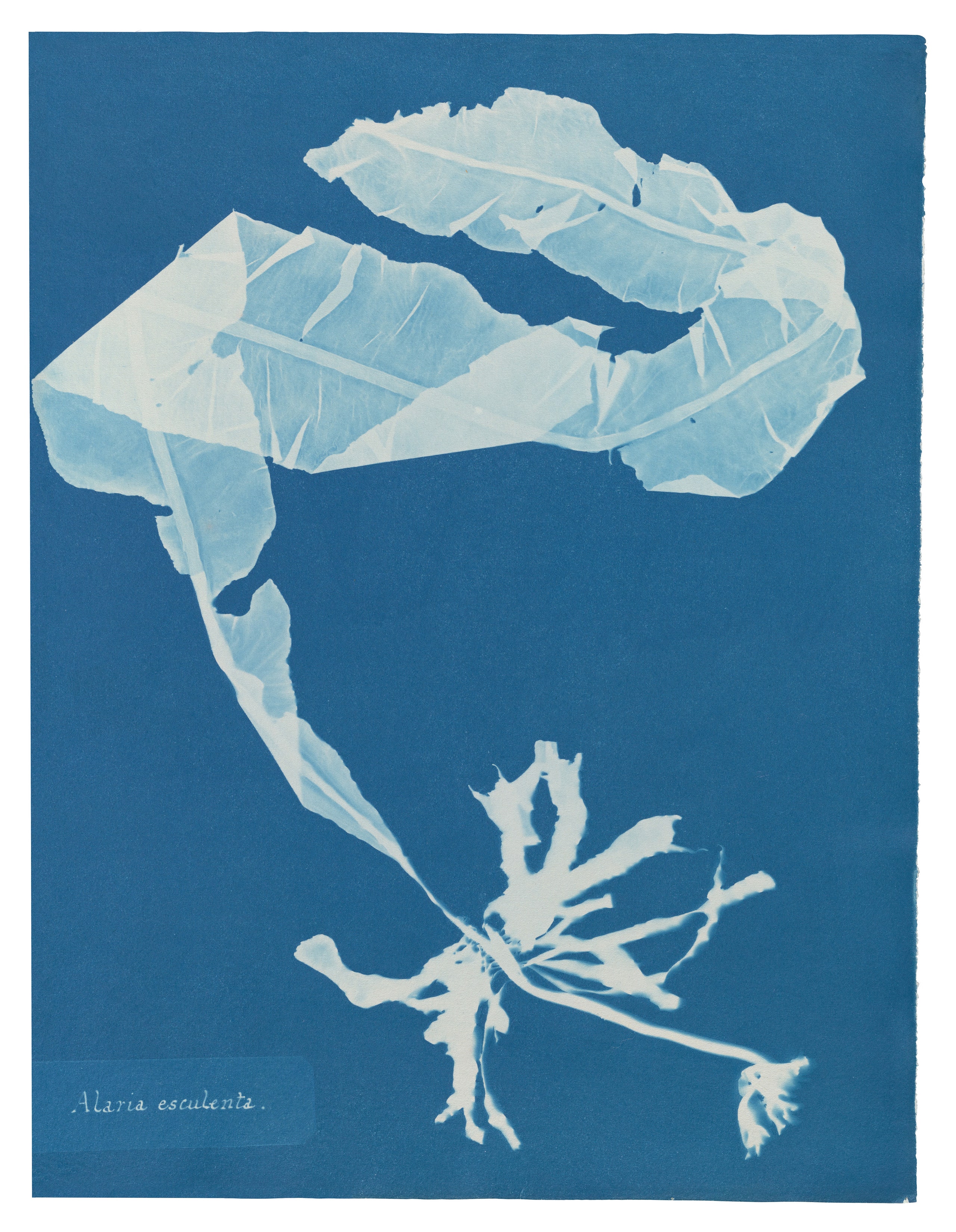All products are independently selected by our editors. If you purchase something, we may earn a commission.
The achievements of Anna Atkins (1799– 1871) are many and various and relate mostly to a discipline she would only be aware of as she approached 40, chiefly because it had not yet been invented. Fixing light upon sheets of paper coated in chemicals with homespun cameras was the invention in 1839 (in Britain at least) of William Fox Talbot, a polymathic antiquarian. He was, fortuitously as it would turn out, a colleague of Anna’s scientist father, John Children.
Talbot’s further triumph was to position his discovery as a benefit for the greater good of all mankind; its potential use for learning was limitless, he believed, advancing it as a branch of the natural sciences first, next of philosophy and only then as an art. This intersection appealed to Anna Atkins, and photography would now define her, more than the vast collection of seashells she had gathered since childhood or the finely detailed drawings she’d made of them, already in service to marine biologists. Atkins would be the first significant female photographer, the first to use the discipline as the basis for pioneering scientific work and, as momentously, would be the first to publish a photographically illustrated book.
She had been an enthusiastic and enquiring amateur scientist all her life encouraged by her father, then assistant keeper of the British Museum’s natural history collection. Rather enterprisingly, John Children had acquired and shipped back from the site of battle the ‘Waterloo Elm’, under which Wellington had directed his successful manoeuvres, and sold off bits at a profit. Father and daughter also kept at home 4,300 litres of acid to further their examination of batteries and gunpowder, but most fatefully for Anna, it was her father who chaired the very meeting at the Royal Society where Talbot announced his invention. Anna, by now married to John Atkins, high sheriff of Kent, immediately ordered a camera from a London lens maker. She also developed another maritime obsession, algae, as well as one for grasses and cereals too, which she would collect, dry and press.
When another family friend, the mathematician Sir John Herschel, perfected the cyanotype process, a simpler way of fixing an image with a different photo-chemical mix from Talbot’s, she was on her way. The longer her paper was exposed to the sun, the deeper the blue to which the illuminated areas turned, while the covered areas stayed white.
Atkins began to expose her samples of algae as vibrant ‘sunprints’ and in 1843, barely four years after Talbot’s paper, she had made her first book: British Algae, each of its 12 pages a fresh cyanotype and each page sewn together by hand. She dedicated the world’s first camera-illustrated book, an edition of 15, to her father. Leading up to 1849, Atkins produced nine further volumes, no copy of which was ever the same. Her list of recipients confirms that not only did she send it out as a token of friendship, but also to draw attention to photography’s use as a scientific tool and its value to the world of publishing.
She followed up British Algae with Cyanotypes of British and Foreign Ferns (1850) and a year later by Cyanotypes of British Flowering Plants and Foreign Ferns. Although these books were concisely labelled, it turns out that Atkins had literary talents too, publishing a novel, The Perils of Fashion (1852), followed by a genre crime thriller, Murder Will Out (1853).
Mr and Mrs Atkins died childless, and after their deaths, knowledge of Anna’s achievements vanished quickly. She held no exhibitions during her lifetime and when her cyanotypes were ever reported on in contemporary writings, her name never appeared. It took another century for a reappraisal. Now no major work of reference on the history of photography would dare to omit her name or fail to include one of her vivid and distinctive blue-and-white images.
Drawing on five extant copies in museums around the world, this is a giant of a book and, while not complete, its near 800 pages replicate as far as is possible, a cyanotype from every page of the books Atkins made. Something of a labour of love in itself.
‘Anna Atkins. Cyanotypes’ is published by Taschen.
A version of this article appears in the October 2023 issue of The World of Interiors. Learn about our subscription offers


